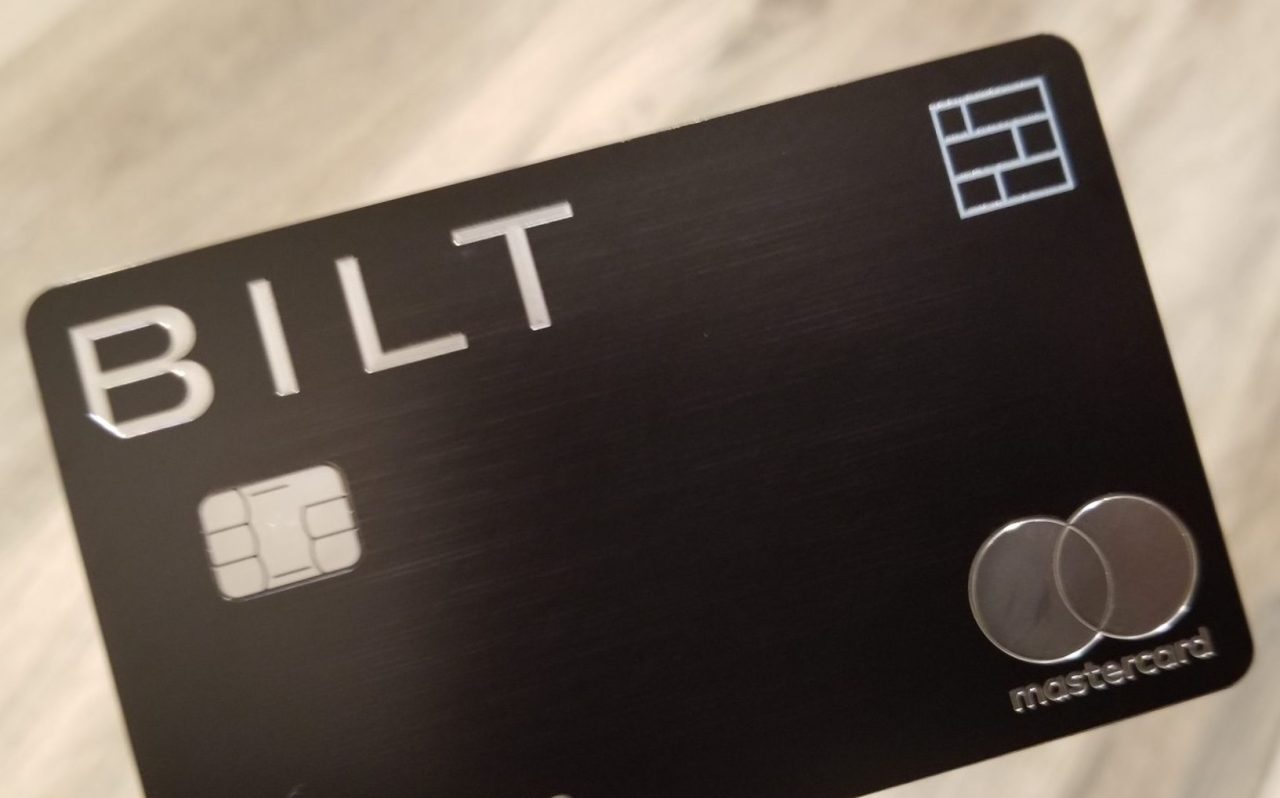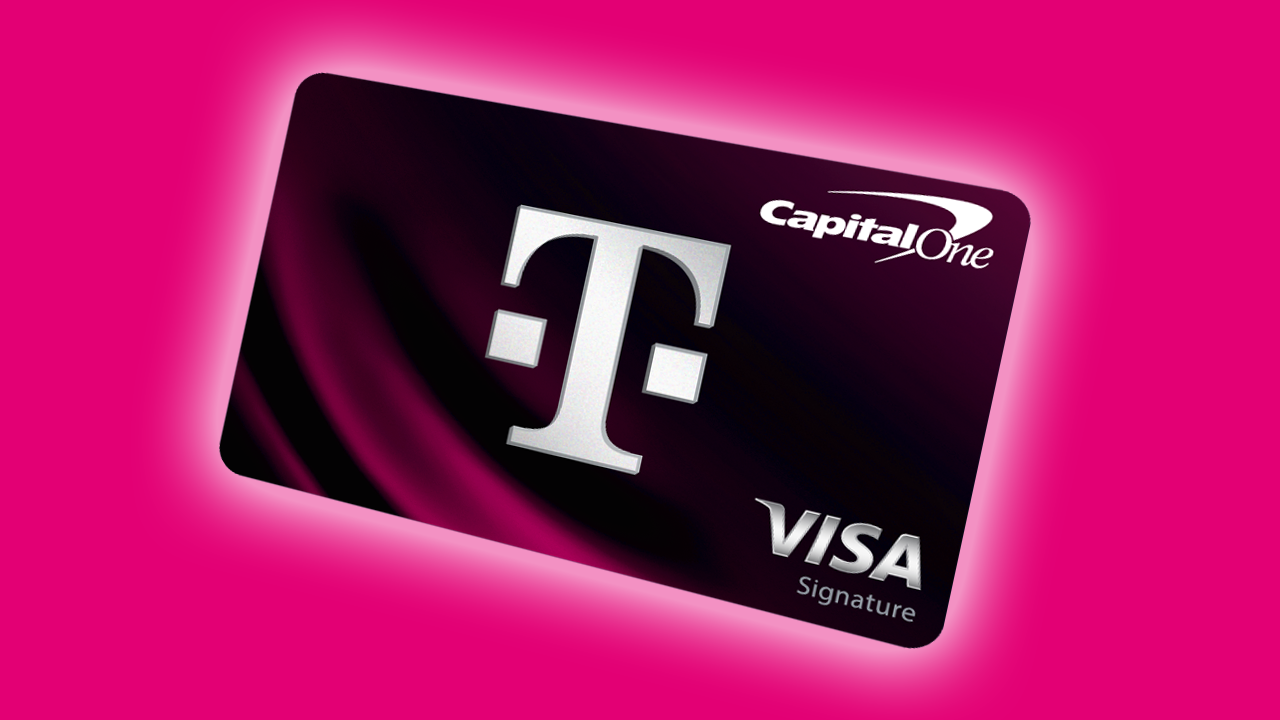Cryptocurrency and banking may seem like two completely different financial worlds, but they are more connected than you may realize. In recent years, the rise of cryptocurrencies such as Bitcoin, Ethereum, and Ripple have brought about a new wave of digital currencies that are changing the way we think about money and transactions.
While traditional banking has been the norm for centuries, cryptocurrencies offer a new way for individuals and businesses to send and receive money without the need for a central authority, such as a bank. Cryptocurrencies are decentralized digital assets that use blockchain technology to secure transactions and create new units of currency.
So how do cryptocurrencies and banking intersect? One major point of connection is through the use of digital wallets. Just as you would keep your physical money in a wallet or bank account, you can store your cryptocurrencies in a digital wallet. These wallets can be accessed through online platforms or mobile apps, allowing users to send and receive coins with ease.
Another connection between cryptocurrency and banking is through the use of exchanges. Cryptocurrency exchanges are online platforms where users can buy, sell, and trade various digital currencies. These exchanges often have partnerships with traditional banks to facilitate transactions, allowing users to convert their cryptocurrencies into fiat currency (such as dollars or euros) and vice versa.
Banks are also beginning to embrace blockchain technology and cryptocurrencies as a way to improve efficiency and security in their operations. Some banks are exploring the use of blockchain for cross-border payments, which can be faster and cheaper than traditional methods. Additionally, some banks are working on creating their own digital currencies or partnering with existing cryptocurrencies to offer new services to their customers.
However, the relationship between cryptocurrencies and banks is not without challenges. Cryptocurrencies are often seen as a threat to the traditional banking system, as they can potentially undermine the need for banks as intermediaries in financial transactions. Additionally, the volatile nature of cryptocurrencies can pose risks for banks that hold or trade these digital assets.
Overall, the connection between cryptocurrency and banking is complex and evolving. While cryptocurrencies offer new opportunities for individuals and businesses to transact in a digital world, there are still challenges to be addressed in integrating these digital currencies into the traditional banking system. As the use of cryptocurrencies continues to grow, it will be interesting to see how banks adapt and embrace this new financial technology.
Publisher: Source link











